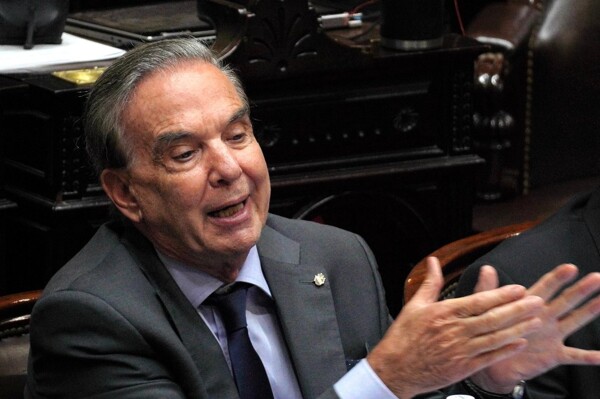
The Treasury issued bonds for 551 days, reaching a peak in recent auctions. The demand for fixed-rate, long-term debt is evident in the market, as there are anchored inflation expectations. Analysts highlight the value of longer-term fixed-rate bonds, especially in a disinflationary scenario with lower nominal rates.
Eric Ritondale, chief economist at PUENTE, pointed out that longer fixed-rate bonds present value as long as disinflation expectations remain and there is no exchange rate volatility. Recent auctions reflect interest in fixed-rate debt, indicating a shift in the yield curve.
The market anticipates greater disinflation in the coming months, with projections of inflation below 2% by January 2025. An additional decline in inflation is expected to push the rate below 1% monthly by the end of the year. This inflationary scenario drives the preference for long-term fixed-rate bonds.
Analysts emphasize the favorable situation for investing in extended duration fixed-rate bonds, such as the dual Fixed Rate/TAMAR bonds. These instruments offer potential yield in low inflation scenarios and protection against possible inflation increases. Juan Manuel Franco, chief economist at Grupo SBS, suggests focusing on the longer bonds within the fixed-rate peso curve.
Investment in long-term bonds and the perceived value in the new dual bonds reflect confidence in an environment of rate cuts and lower volatility in the foreign exchange market. This is supported by expectations of disinflation in the current economic scenario. Nicolás Guaia, CEO of Max Capital Asset Management, underscores the opportunity of longer-duration peso bonds in a low inflation landscape.
Amid macroeconomic normalization and declining interest rates, there is an increase in demand for longer-term bonds. Analysts agree on the importance of diversifying investments in bonds, considering different maturities and types of instruments. Investment in fixed-rate bonds continues to dominate the market, especially in long-duration bonds.
In this context, analysts recommend investment strategies that take advantage of the fixed-rate yield curve situation. They highlight the combination of different types of bonds and maturities to achieve optimal returns. The general outlook is that the market anticipates a continuation of the disinflation trend and has confidence in the stability of nominal rates in the near future.














